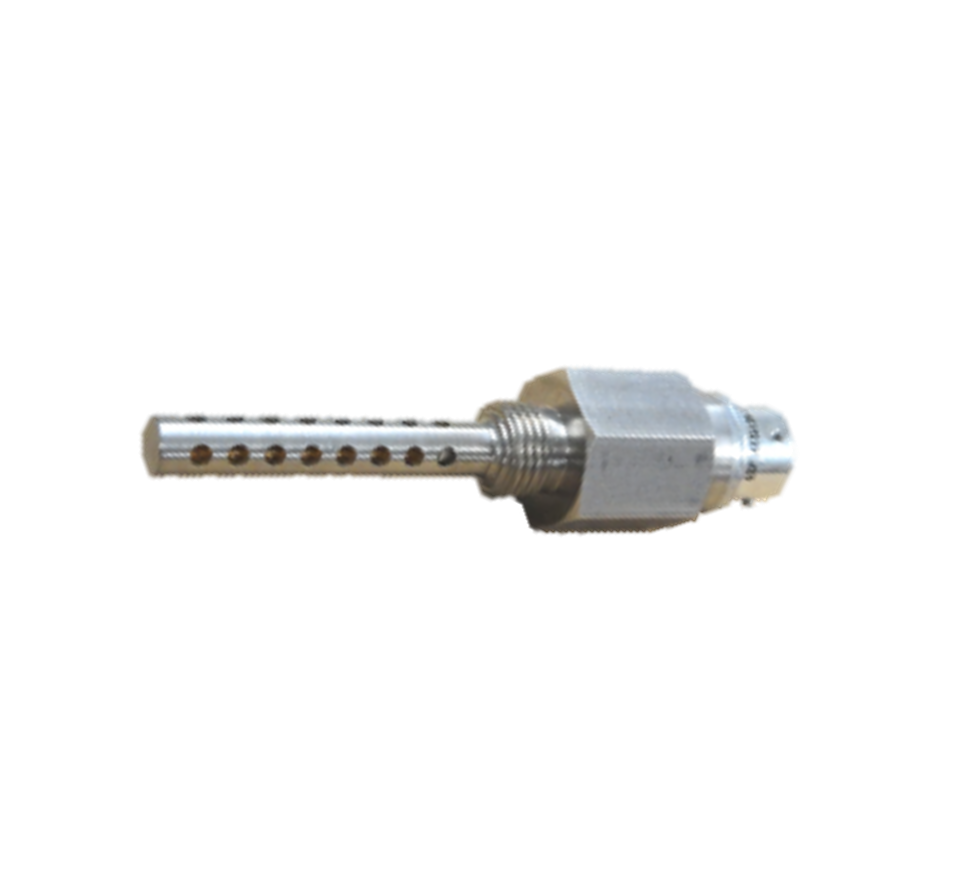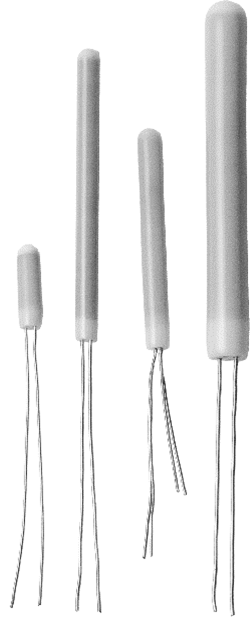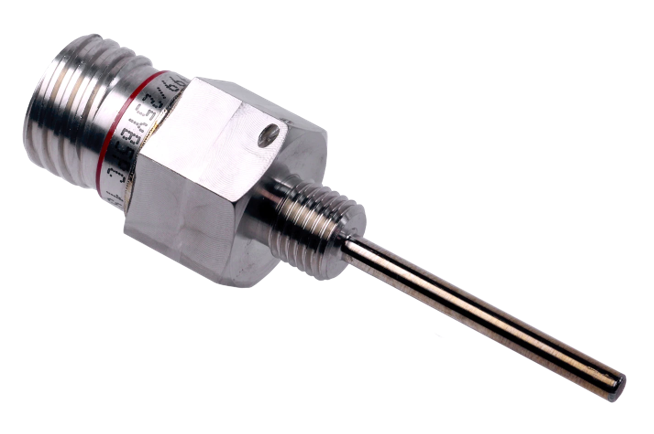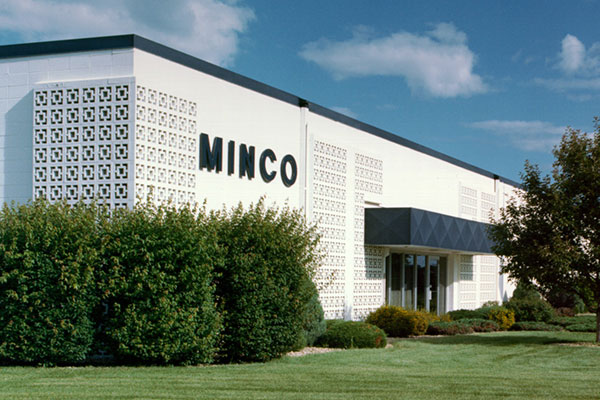In the world of temperature measurement, accuracy is key, and one stalwart in this field is the Type K thermocouple. As industries demand reliable and precise temperature sensing solutions, companies like Minco Products have emerged as leaders in providing high-quality instruments.
Type K thermocouples stand out with the broadest temperature range among thermocouple types, boasting a span from -200 to +1250 degrees Celsius. Comprising the alloys Chromel and Alumel, they are distinguished by a yellow-positive and red-negative color code. Widely embraced across manufacturing, food processing, HVAC, aerospace, and laboratories, these thermocouples blend reliability, accuracy, and durability. Despite potential drawbacks like limited high-temperature capability and susceptibility to magnetic interference, Type K thermocouples remain pivotal in diverse industrial applications, offering cost-effectiveness, good sensitivity, and ease of availability. This brief overview provides insight into the key specifications that make Type K thermocouples a go-to choice for temperature measurement.
Type K Thermocouple Specifications
Temperature Range
Type K thermocouple thermocouple has the highest temperature range of all thermocouple types, from -200 to +1250 degrees (C), making it one of the most commonly used types of thermocouples for temperature measurement.
Materials
Type K thermocouples belong to a classification system that designates the materials used to construct the thermocouple. In the case of Type K, the thermocouple is made using two different alloys: Chromel (a nickel-chromium alloy) and Alumel (a nickel-aluminum alloy).
Color Codes
The color of the positive leg is yellow and the negative leg is red.
Industries Served
Type K thermocouples are commonly used in industries such as manufacturing, food processing, HVAC, aerospace, and laboratory settings. Their reliability, accuracy, and durability make them popular for a diverse range of temperature measurement applications.
The Advantages and Disadvantages of Type K Thermocouples
The table below outlines the advantages and disadvantages of Type K thermocouples, commonly used in temperature measurement. Type K thermocouples offer a wide temperature range, cost-effectiveness, good sensitivity, versatility, and easy availability. However, they may have lower accuracy, limited high-temperature capability, and susceptibility to magnetic interference. Unsuitable for inert or reducing atmospheres, they also have limited corrosion resistance and a potential for oxidation. Not ideal for ultra-low temperatures, they are not inherently noble metals. Despite these drawbacks, their stability, reliability, and rugged construction make them popular in various industrial applications, aided by a color-coded identification system.
Advantage and disadvantages of type K thermocouples:
Advantages of Type K Thermocouples | Disadvantages of Type K Thermocouples |
Wide Temperature Range | Accuracy may be lower than some other types |
Cost-Effective | Limited High-Temperature Capability |
Good Sensitivity | Magnetic Susceptibility* |
Versatility | Not Suitable for Inert or Reducing Atmospheres |
Readily Available | Limited Resistance to Corrosion |
Color-Coded for Identification | Potential for Oxidation |
Stability and Reliability | Not Suitable for Ultra-Low Temperatures |
Rugged Construction | Not Inherently Noble Metal |
Magnetic Susceptibility* |
* In some situations, the magnetic nature of Type K thermocouples can be a disadvantage, as they may be influenced by external magnetic fields, leading to measurement errors.
It’s important to note that while the thermocouple itself can measure temperatures within this range, other components such as connectors, extension wires, and instrumentation used with the thermocouple must also be able to withstand the temperatures encountered. Order all from Minco to ensure complete compatibility.
Thermocouple Time Constant
The time constant of a thermocouple refers to the time it takes for the sensor to respond to a step change in temperature. It is a measure of how quickly the thermocouple reaches thermal equilibrium with its surroundings.
Grounded Thermocouple
In a grounded thermocouple, one of the thermocouple wires is physically connected to the metal protection sheath or the probe, ensuring good thermal contact. Grounded thermocouples typically have a faster time constant compared to non-grounded types. This is because the direct connection enhances thermal conductivity between the thermocouple junction and the sheath, allowing for quicker response to temperature changes. The advantage of a grounded thermocouple is that faster response time makes grounded thermocouples suitable for applications where rapid temperature changes occur.
Ungrounded Thermocouple
In a ungrounded thermocouple, both thermocouple wires are insulated from the metal protection sheath or the probe, and there is no direct physical connection. Ungrounded thermocouples generally have a slower time constant compared to grounded types. The lack of direct thermal contact between the thermocouple junction and the sheath reduces thermal conductivity and slows down the response to temperature changes. The advantage of Ungrounded thermocouples is they are less susceptible to electrical interference and ground loops. They might be preferred in situations where electrical isolation is crucial.
The choice between grounded and ungrounded thermocouples depends on the specific requirements of the application. Grounded thermocouples offer faster response times, while ungrounded thermocouples provide better electrical isolation. The time constant is an important parameter to consider when selecting a thermocouple for a particular temperature measurement application, as it influences the sensor’s dynamic performance in response to temperature fluctuations.
Thermoelectric voltage as a Function of Temperature
The temperature-voltage relationship is nonlinear and can be affected by factors such as the composition of the alloys, impurities, and calibration errors. See Minco’s temperature voltage table to assist in the conversation of measured voltage into corresponding temperature values. Type K Thermocouple Temperature Voltage Table (minco.com)
Summary
Type K thermocouples have established themselves as indispensable tools in the temperature measurement, and when it comes to quality, Minco Products stands tall. With a rich history, commitment to innovation, and an unwavering dedication to quality control, Minco Products delivers the highest quality Type K thermocouples, meeting and exceeding the stringent demands of modern industries.
See the Minco Temperature Sensor and Instrument Guide for further detail on type k and all Minco thermocouple types.




